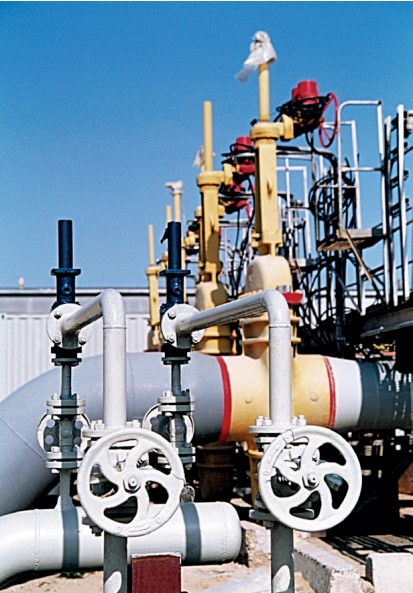Oil Refining And Petrochemistry
Oil and Gas Chemistry in Kazakhstan: Who is to Blame and What to Do?
Evgeny Pushchyk, Advisor to the Chairman of the Supervisory Board of Ukrainian Technology Company PJSC.

"The fact that we still do not have petrochemicals and high–grade gas processing, as they say, is nonsense," said President of Kazakhstan Kassym-Jomart Tokayev, speaking on September 1, 2020, with a Message to the people of Kazakhstan. Words that accurately describe the current situation with high conversion rates in the oil and gas industry.
Petrochemistry plays a dominant role in the development of the economy of the oil countries of the world. It contributes to the development of other industrial sectors of the economy, being a supplier of raw materials necessary for their functioning. As a country with cheap raw materials for the petrochemical industry, Kazakhstan should have become a leader in the Central Asian region. Why didn't this happen, and what should we do now?
Reasons
From 2014 to 2021, there was no actual program (roadmap) for the development of Kazakhstan's petrochemical industry which would consider:
-
material balances of raw materials: gas, oil, coal;
-
professional analysis of product sales markets, both domestic and export;
-
choosing the optimal technology for processing oil, gas and coal into chemical products;
-
and only then – the necessary state support measures for the financing of projects.
Unfortunately, in Kazakhstan, all approaches to the implementation of petrochemical projects were different. As a result, Uzbekistan, Turkmenistan and, of course, Russia went ahead 10-15 years in the development of petrochemistry, occupied markets and narrowed the manoeuvrability of chemical projects in Kazakhstan. For example, the roadmap for the modernization of the chemical industry of Uzbekistan for 2019-2030 contains more than 30 real projects. The total amount of investments is about 12 bln US dollars.
At the stage of writing technical specifications for projects: olefins, methanol, ammonia, and others – customers represented by United Chemical Company LLP made system errors that resulted in the lack of qualified feasibility studies. For example, we can cite the project of a methanol and ammonia production plant – the customer is the UCC.
Without basic six chemicals – ethylene, propylene, methanol, benzene, paraxylene and chlorine, which are sources of raw materials to produce many long–term and short-term goods, it is impossible to develop the chemical industry of the country. The base polymers – polyethylene, polypropylene, polyethylene terephthalate, polystyrene, and polyvinyl chloride, which are not produced in Kazakhstan, in 2019 globally were estimated at 255 million tons and accounted for about 50% of the total demand for basic chemical products.
The second reason for stagnation is unreasonably high costs for the preparation of design and estimate documentation (DED), which amounted to up to 25% of the project cost.
It is necessary to understand what in the future 15-20 years will be in demand in the world (Kazakhstan's market is too small to rely only on it) to develop petrochemistry in the country, then calculate how much and what raw materials need to be in Kazakhstan to produce such products. And only after that, the question can be answered whether we need to develop this segment of petrochemistry or not.
Special economic zones (SEZ) have been functioning in Kazakhstan for more than ten years – petrochemical in Atyrau and chemical in Taraz. However, during this time, the construction of a polypropylene plant is underway only in Atyrau, and state funds of about $100 mln invested in the creation of infrastructure on an area of more than 500 hectares are inefficiently used in the Taraz Chemical Park. In our opinion, the creation of a Chemical Park in Taraz is a gross mistake of officials.
Analyzing the information of the Ministry of Energy of the Republic of Kazakhstan on planned petrochemical projects until 2025 in the amount of 15 bln US dollars, it can be stated that the emphasis should be placed only on priority projects that would, first of all, be focused on the domestic market. It should be borne in mind that the world markets for petrochemical products are overloaded, and it will be challenging to export these products for 3-4 years.
Promising from this point of view are methanol, ammonia, and urea projects focused on the domestic market, and only these projects worth from 2 to 3 bln US dollars need to be financed. The rest of the money from this amount should be used for more efficient projects.
What to do
First, to determine the priority petrochemical projects, which, in our opinion, can involve ammonia and urea, phosphorous fertilizers; methanol; polyethylene terephthalate (PET).



